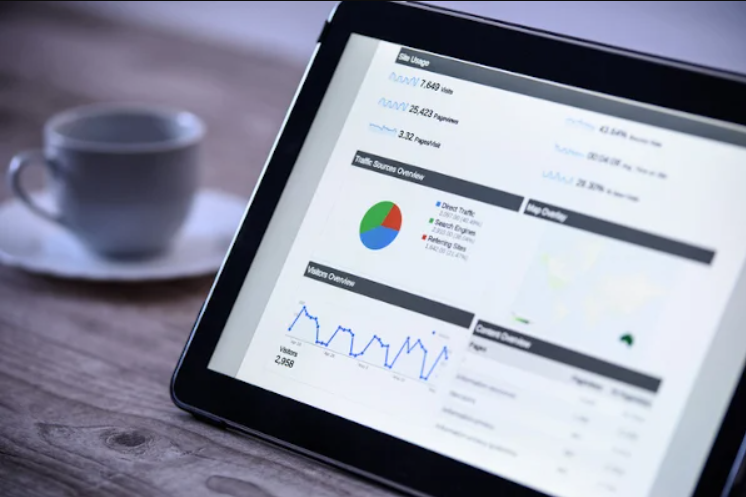Google Ads, formerly known as Google AdWords, is the online advertising service offered by the Californian giant. The ads that are contracted with this platform are the ones we see before the first organic results. To differentiate them, they are marked with the box “Advertisement”.
This online advertising can also be seen on other platforms or associated pages such as Google Maps or YouTube.
Why did smart Google Ads campaigns emerge?
Creating a campaign in Google Ads is not an easy task. The amount of parameters to be handled and the complexity of the information make it advisable to have an expert on this subject. This complexity makes many small businesses avoid creating advertising campaigns with Google, which has seen how social networks have eaten the territory of small advertisers.
Read Also: How To Delete Or Close An Amazon Account
To reach small businesses, Google decided to simplify the ad creation process. So, when he changed the name of the service, he took the opportunity to launch smart Google Ads campaigns.
Features of smart Google Ads campaigns
Smart Google Ads campaigns are intended to be a simplified version of the usual campaigns but with the same results. According to the platform itself, these campaigns can be configured in just 15 minutes. Another advantage is that the results are easier to interpret.
All this has been possible by removing the most complex elements from the interface like Children’s book illustration. The user only handles essential data. To begin, you just have to indicate the main objective of the campaign (receive calls, visits to the website, visits to the physical store, etc.) From that information, the campaign can be configured with the help of the platform.
Other points that differentiate smart campaigns from Google Ads are the following:
- They automatically manage bids for the best results.
- The creation of extensions ad is automated (sitelinks, callouts, calls, etc.).
- They generate keywords automatically according to the products and services of the company
- They allow you to activate or deactivate search phrases.
- They show ads on Google search, the Display Network, and other search partners.
- They only support one landing page per campaign.
In summary, they are easier to handle although they have some limitations.
How are smart campaigns created?
Next we will see how to create a smart campaign step by step.
- Enter Google Ads with your user account to create a new campaign.
- Select the objective of your campaign. Not all goals support smart campaigns. Place the mouse over each option and look for those that indicate “Smart” in the campaign types.
- In the next section, choose the option “Smart” as the campaign type and click Continue.
- Indicate where your audience is. You can include specific countries, cities, or areas. Press next.
- Describe your product or service. Here it is very important that you choose well the category of your company and the terms to describe your services. You can help yourself with the suggestions offered by Google Ads.
- Write your ads. For each ad you can choose multiple titles and descriptions. Select words well so they are relevant without exceeding the character limit. On the right you have a preview of your ad.
- Set your maximum daily budget. You can choose from Google Ads recommendations or set a custom amount. Being PPC campaigns you will only pay for clicks on your ads or for calls to your company.
When you have verified that all the information is correct, you can configure the payment method.
Your campaign is already underway. Now it’s time to analyze the statistics to optimize your ads.
How to optimize your smart campaigns?
We know that statistical data analysis is the most tedious part of any marketing campaign. However, it is a must. The good news is that smart Google Ads campaigns make this easy by showing only essential information. When your campaign is active you can check the statistics panel. The fundamental data that you must control are these:
- Impressions
- Clicks
- Call clicks
- Search phrases
- Total spent
Impressions are the number of times your ad has been shown to users. You can see the total of the selected period and a graph with the evolution over time. Compare impressions to clicks to see if your ad sparks interest. If your ClickThrough rate is low, you may need to review your search phrases or make other adjustments.
The elements that you can modify to improve the performance of the campaign are the following:
- Advertisements. You can edit them to change content and search matches. Remember that it is best to create a campaign for each type of service or product so as not to mix up the type of search words too much.
- Search phrases. You can pause search phrases that don’t get good results.
- Schedule. Based on clicks, redefine the days and hours to show your ad. Take into account this schedule also if you have selected as a goal to receive calls or visits to your physical store.
- Location. You can modify the location to adjust it to the radius of action of your business.
- Budget. At any time you can adjust your daily budget to adapt it to your competitors. This way you will get more impressions of your ad.
Throughout this process, hitting the search phrases is the best guarantee for good performance. Google’s recommendations are usually quite successful thanks to its learning system, although you should not leave it alone.










